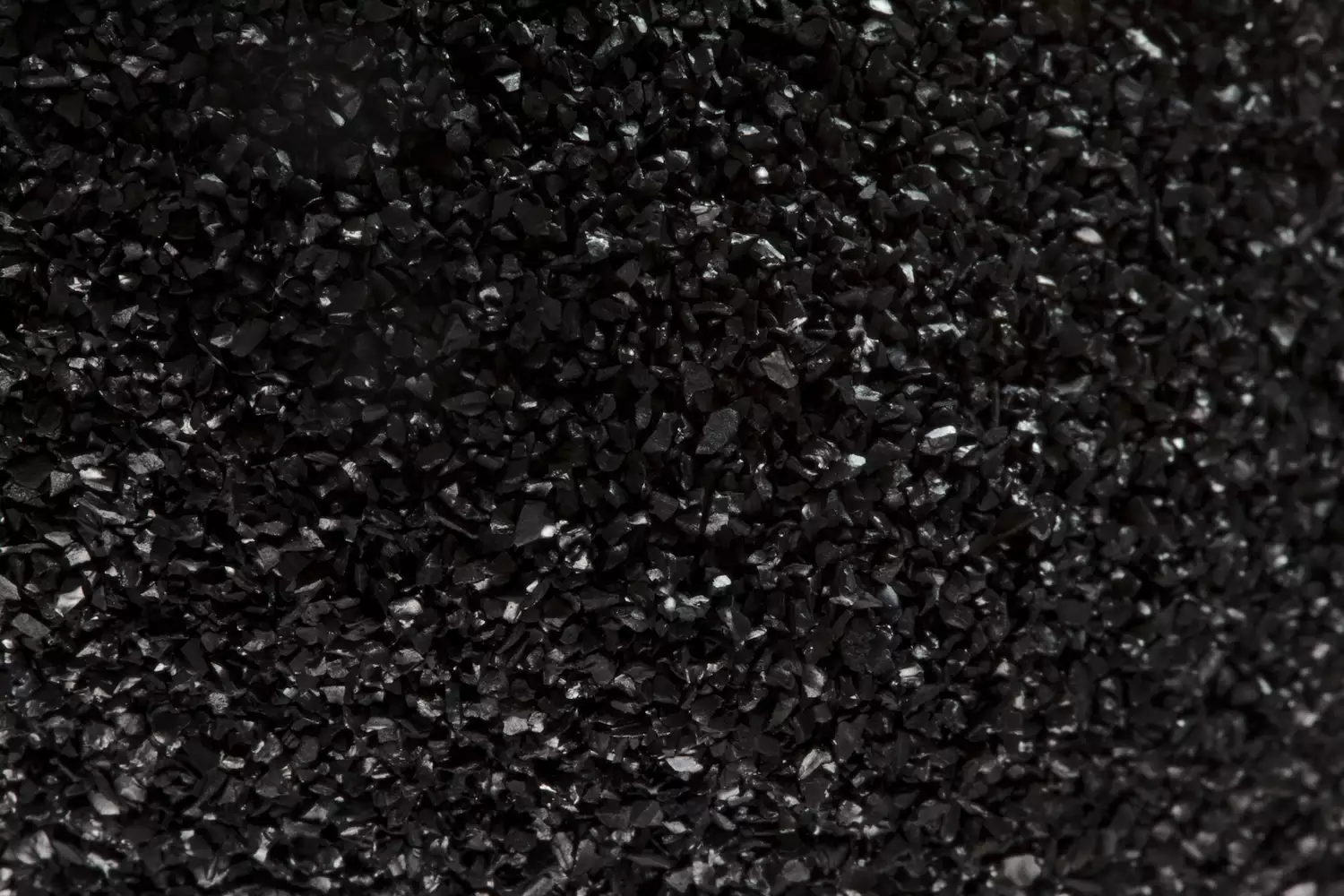
oxide ore
Understanding Oxide Ore Characteristics and Significance
Oxide ores are a category of mineral resources primarily composed of metal oxides. These ores play a crucial role in the mining and metallurgical industries, providing essential metals such as aluminum, iron, copper, and zinc. The unique properties of oxide ores make them significant for extraction processes and influence the overall efficiency of metal production.
One of the defining characteristics of oxide ores is their high oxidation state. In these materials, metals are chemically bonded with oxygen, which often results in a more stable and rigid structure compared to their sulfide counterparts. This stability can lead to a more straightforward extraction process, as many oxide ores can be treated using hydrometallurgical methods, making them valuable sources of metal extraction.
For example, alumina (Al2O3), derived from bauxite ore, is the primary source of aluminum
. The Bayer process, which involves refining bauxite to obtain alumina, is a well-understood method of extraction that facilitates the large-scale production of aluminum, an essential material in various industries, including construction, automotive, and aerospace. Similarly, iron oxide ores, such as hematite and magnetite, are vital for producing iron and steel, supporting infrastructure and manufacturing across the globe.oxide ore

The environmental impact associated with the extraction and processing of oxide ores must also be considered. While the extraction of these metals can be less complex and more environmentally friendly than sulfide ores, it is not without challenges. Mining operations can lead to deforestation, habitat destruction, and pollution of air and water resources. Therefore, the industry is continuously working towards developing sustainable practices to minimize their ecological footprint while meeting the rising demand for metals.
Moreover, the global transition towards renewable energy and advanced technologies has increased the demand for metals derived from oxide ores. Lithium and cobalt, often found in oxide forms, are critical components in batteries for electric vehicles and other renewable energy applications, further driving exploration and extraction efforts.
In conclusion, oxide ores are a fundamental resource in the metal mining and processing industry. Their unique properties not only facilitate the extraction of various metals but also pose environmental considerations that must be addressed. As technology advances and the demand for sustainable practices grows, the role of oxide ores will continue to evolve, shaping the future of metal production and resource management. The exploration and responsible utilization of these resources will be vital in supporting both economic growth and environmental conservation.
Share
-
Premium Pigment Supplier Custom Solutions & Bulk OrdersNewsMay.30,2025
-
Top China Slag Fly Ash Manufacturer OEM Factory SolutionsNewsMay.30,2025
-
Natural Lava Rock & Pumice for Landscaping Durable Volcanic SolutionsNewsMay.30,2025
-
Custom Micro Silica Fume Powder Manufacturers High-Purity SolutionsNewsMay.29,2025
-
Custom Mica Powder Pigment Manufacturers Vibrant Colors & Bulk OrdersNewsMay.29,2025
-
Custom Micro Silica Fume Powder Manufacturers Premium QualityNewsMay.29,2025






